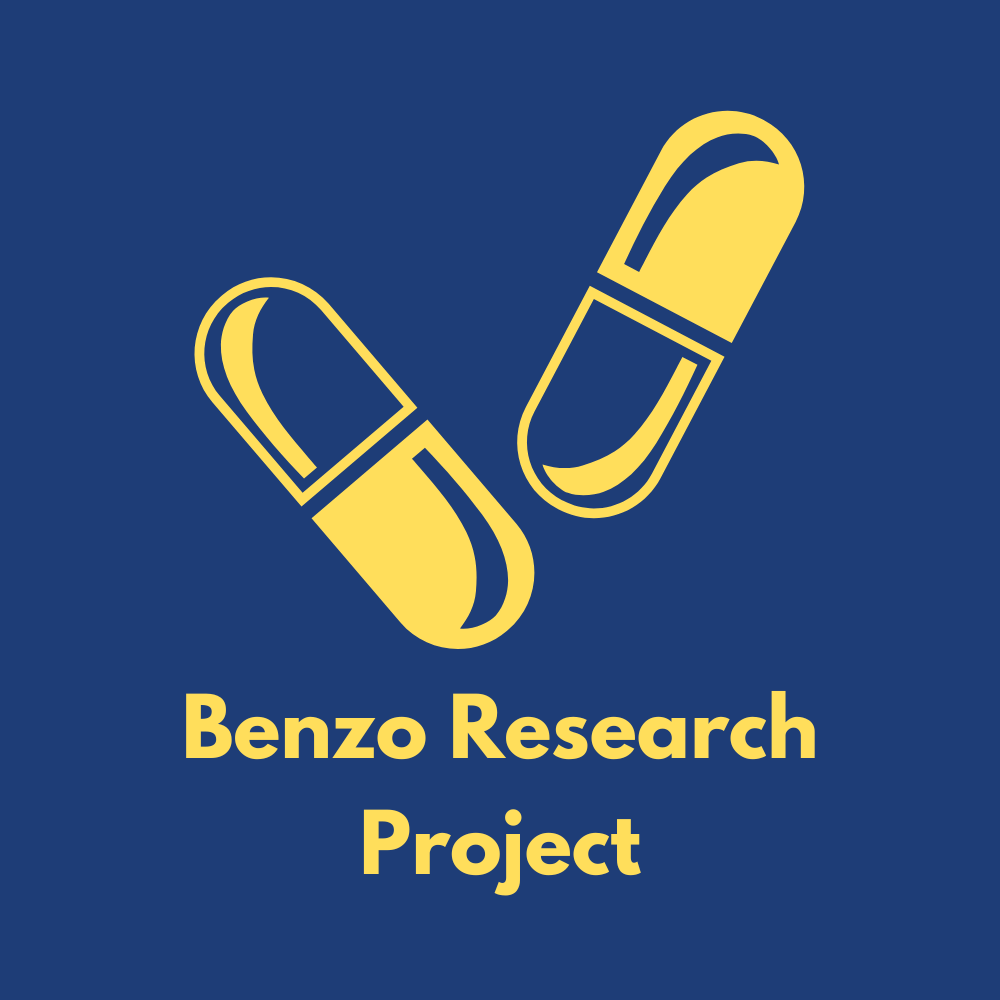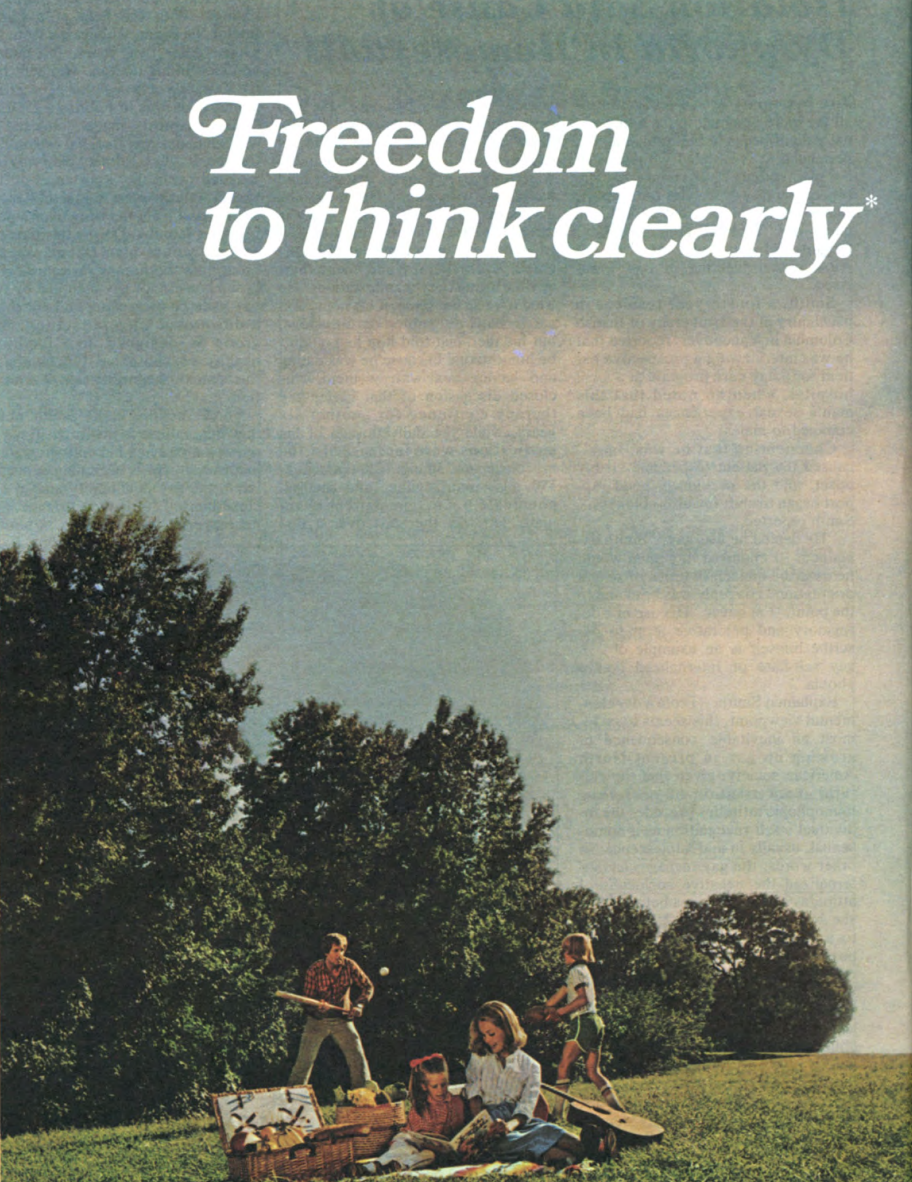A shift in psychiatry
In the late 19th and early 20th centuries, Sigmund Freud’s psychoanalytical practice was the gold standard for understanding the mind. Patients with neuroses and anxieties would sit across from a psychoanalyst, whose job was to help connect the dots between the patient’s current troubles and significant childhood traumas. However, the success of Miltown and the benzodiazepines appeared to confirm that chemical imbalances in the brain – supposedly rebalanced by such drugs – were responsible for anxiety and depression. Before the availability of these so-called emotional aspirins, Freudian psychoanalysis reigned supreme in the psychiatry field. In fact, there was no clear consensus that anxiety was “a psychiatric illness serious enough to require pharmaceutical care”. Instead, in the 1950s, Americans viewed anxiety as an honourable emblem of hard work and an inevitable side effect of their “insatiable hunger to get ahead”. Thus, when the new anti-anxiety drug Miltown was marketised in 1955 by Carter-Wallace Laboratories, American celebrities and their loyal fans were enamoured. Without nervousness and introversion plaguing their performance, Hollywood stars and businessmen alike boasted of their tranquilliser use and soon pharmacy shelves across the country were emptied. After a decade of financial stagnation, Miltown provided new hope for the prescription-only pharmaceutical sector. As the anxiolytic became the fastest-selling drug in US history, pharmaceutical companies worked to develop new drugs “intended for the treatment of specific ills” and by 1960 the first benzodiazepine, Librium had reached the market. Anxiety became legitimised as a medical condition and was regarded as a neurochemical imbalance corrected through chemical means. Mental health before the 20th century Psychiatric disorders weren’t unique to the modern era, and societal views of the human psyche have undergone immense transformation. In Madness and Civilisation, Foucault investigated how the notion of the ‘mad’ has changed from the early modern to post-modern period. During the late 15th-century, madness was seen as a divine disturbance. The ‘mad’ – those afflicted with disordered thinking such as anxiety, paranoia, or hallucinations – were exiled alongside the criminal and impoverished but continued to live freely in the countryside. Indeed, several early modern artists portrayed madness as noble and heroic, such as in Albrecht Dürer’s Melancholia I. Following the Enlightenment, attitudes towards the ‘mad’, criminal, and poor turned evermore sour; they were seen as immoral and at odds with logic and reason. The ‘mad’ during the Classical period were locked away as they were seen as a threat to functioning society, and were stripped of their liberty and agency. Finally, the modern era brought a separation of the ‘mad’ from the poor and the criminal, demonstrating that the former were no longer considered immoral characters. Instead, their disordered thinking was attributed to a medical condition requiring treatment. However, Foucault argued that the medical gaze – whereby doctors selectively filter a patient’s story to fit a medical model – had dehumanised the ‘mad’. The mind had become a medical object “like a malfunctioning liver”. As their words and desires became the object of examination, the ‘mad’ “were now silent in the doctor’s eyes”. Before the advent of tranquillisers, the psychotic ‘mad’ were treated by psychiatrists in asylums; kept away from society. At the turn of the 20th-century, neurasthenia – informally known as Americanitis: a catch-all diagnosis for non-psychotic emotional problems including depression and anxiety– allegedly reached epidemic levels in the US. Psychiatry was seen to be reserved for the incarcerated mad, the likes of which affluent Americans did not want to be associated with. Instead, treatments for neurasthenia centred around over-the-counter concoctions and nerve spas. The emergence of outpatient psychopharmacology allowed for psychotic patients to be discharged en masse and could soothe neurasthenics while legitimising their symptoms as medical disorders. The 20th-century anxiety epidemic Given our awareness of scandals within the pharmaceutical industry, notably the OxyContin Sackler Scandal surrounding the US opioid epidemic, one might argue that benzodiazepines were a profitable ploy to keep pharmaceutical companies afloat. However, it would be negligent to reduce the suffering of patients to simply drug-seeking behaviour manufactured by wealthy CEOs. US citizens during the Cold War faced existential uncertainty: 1950s “duck-and-cover” drills became routine in American schools, and bomb shelters filled with non-perishables were constructed to survive nuclear fallout. In fact, a 1964 advertisement by Hoffman La-Roche marketed Librium as the perfect remedy for Cold War anxieties. The political tension that plagued newspaper and television briefings was complemented by a restless, individualistic drive for competition: outperforming co-workers, rival businesses, and rival states. However, US workers became demotivated as heavy government spending on the Vietnam War, rising energy prices and the Wall Street crash in 1973-74 led to mass unemployment. Furthermore, during the post-war period minority groups disproportionately affected by worsening working conditions became increasingly disenfranchised. The civil rights and liberation movements gained significant footing within the mainstream and posed a threat to the status quo. Thus, societal norms within the collective psyche were in flux, manifesting in an epidemic of psychological discomfort with an estimated 15% of Americans affected by “mental disorders” in 1975. Dysphoria, more formally known as adjustment disorder, became a classification for people “significant[ly] discontent with their lives” in 1968. Interestingly, the introduction of this psychiatric diagnosis coincided with the active years of second-wave feminism and the anti-war movement. Given dysphoria was diagnosed more commonly in women than in men, one could imply that political motivations had entered the psychiatric field. Initially, minor tranquillisers were the American man’s golden ticket to a life unburdened by work stress. However, as benzodiazepines became a mainstay in the doctor’s arsenal, pharmaceutical advertisements focused largely on the housewife. A 1967 advert for Serax (oxazepam) published by Wyeth Laboratories depicts a woman biting her nails and imprisoned by mops and brooms. The headline reads, “You can’t set her free. But you can help her feel less anxious.” The implication that one could not free women of their societal posts, but only tranquilise them into submission assumed that such psychosocial stressors were inescapable, in opposition to feminist critiques of the traditional patriarchy. Advertising campaigns for Miltown, Triavil, and Valium were similarly focused, the latter receiving the nickname ‘Mother’s Little Helper’. Their misogynistic undertones reflected the mainstream American values of women’s domesticity in the nuclear family structure during this period. The suggestion was that deviation from such values was indicative of mental illness. It follows that benzodiazepines may have functioned, albeit indirectly, as a tool for the suppression of political deviance in post-war America. Valium addiction and the media One major issue with such widespread use of benzodiazepines was their propensity to cause addiction. According to national surveys in the US, 22% of women and 8% of men had taken Valium or a similar drug in 1975, and a third of users dosed daily. Hence, it seemed logical that an addiction epidemic was a possibility. Many anecdotal reports began to surface in the mid-1960s. Several reports of self-guided dosage increases and sudden treatment withdrawal led to symptoms including suicidal thoughts, seizures and “hearing French horns”. As reports of Valium addiction emerged from prominent women including First Lady Betty Ford, the feminisation of benzodiazepines in pharmaceutical marketing triggered a nationwide moral panic. News outlets cautioned of the “housewives’ disease”: the reassuring idea of the domesticated mother and wife had been toppled by images of “pill-popping suburbanites”. Chemically tranquilised women were increasingly subversive, no longer conforming to conventional gender roles, and instead sought self-actualisation. As mainstream media published articles such as “The Over-Medicated Woman”, drug and alcohol researchers warned that minor tranquillisers had become gateway drugs to other illicit substances, namely cannabis. The Valium Panic was but one point in America’s long timeline of sensationalist anti-drug panics stretching back to the Temperance movement. The Temperance movement was a social campaign against the consumption of alcohol and resulted in a 13-year long ban on alcoholic beverages. This era of prohibition facilitated a large increase in moonshine consumption: a high-proof liquor often adulterated with dangerous concentrations of lead and methanol. Past drug scares were associated with African Americans, immigrants, and the urban working class. In contrast, the Valium Panic was unique insofar as the drug in question was “quintessentially middle-class”. In this regard, there was no marginal group to scapegoat as a menace to society. Rather, the campaign supported by feminists traded on the traditional assumption of inherent feminine innocence and extended sympathy to the suburban addicts. While the campaign shone a light on the inconsistencies within the 20th-century War on Drugs, its sympathetic angle portrayed Valium addicts as “one of the folks next door” – they were excluded from the archetypal dangerous drug user targeted by the Nixon administration. Ultimately, the campaign was successful in provoking tighter regulation on benzodiazepines, but it failed to change perceptions of “addictive populations”. Profits and addictive pharmaceuticals As Hoffman La-Roche’s blockbuster benzodiazepine duo (Librium and Valium) made them “one of the most profitable enterprises on earth”, these unsettling reports triggered the FDA to launch an investigation into their potential for abuse. Before this investigation, a clinical study was published in 1961 by Stanford professor Leo E. Hollister documenting withdrawal symptoms in patients following high doses of Librium. Two patients in the study experienced seizures one week after stopping the benzodiazepine. Six years later, the final FDA report concluded that there was sufficient evidence of addiction potential, such that these drugs should be controlled comparably to amphetamines and barbiturates. The rapid expansion of the pharmaceutical industry provided great economic benefit to the US during the Cold War, so restricting their profits was not a favourable political move. Roche insisted addiction was extremely rare, and benzodiazepines remained unscheduled until July 1975 when the Justice Department classified them as controlled substances. Thus, restrictions were imposed on the number of Valium and Librium prescription refills allowed before requiring a new prescription. However, the layperson was not informed about the updated information regarding adverse effects and withdrawal syndrome. This meant uninformed doctors could continue to prescribe benzodiazepines in line with its Schedule IV restriction, and the patient could be none the wiser. Politicians became increasingly concerned with benzodiazepine addiction as Valium panic spread throughout mainstream media. While this “may have made for good press” and captured the attention of the American middle class, for those who had suffered at the hand of a supposedly harmless treatment for their dysphoria, it was decades too late. Conclusion The conclusion of the Second World War cast an “Age of Anxiety” on the American populace. In contrast to the authoritarian communist administrations of the East, the US doubled down on liberal capitalism and the pharmaceutical industry enjoyed a rapid expansion largely unburdened by government intervention. This intervention only came once the lucrative fallacy of benzodiazepine-induced mental and social stability had faded. Due to the suppression of their destructive potential, a class of drugs that brought chemical hope to the lives of many became vilified as many of those lives were turned upside down. Our current understanding of mental ‘disorder’ is inextricably linked with the motives of western capitalism throughout the 20th century. Only through scientific transparency, holistic biopsychosocial care, and the uncoupling of profits from healthcare, can we prevent another Valium Panic. Whilst the Benzo Research Project does not condone the use of illegal drugs or the misuse of prescription drugs, we recognise that some people may use drugs during their lifetimes. We hope that the information provided here will help readers to be better informed about their/ their friends drug use, the risks posed, how these can be mitigated, and where to seek help for harmful drug use. This piece was written by AJ Martin from the Benzo Research Project team, edited by Ray Jerram and Monica Richards, and published by Volteface. Instagram: @benzoresearchproject TikTok: @benzoresearchproject LinkedIn: Benzo Research Project Tags: |
ContributorsAJ MartinCo-Head of Research Ray JerramFormer Head of Blogs Im Chiew NgFormer Outreach Officer Joanna BrightCo-Head of Research Zara NelsonFormer Outreach Officer Ross WebsterFormer Head of Social Media Categories
All
|
BENZO RESEARCH PROJECT



 RSS Feed
RSS Feed